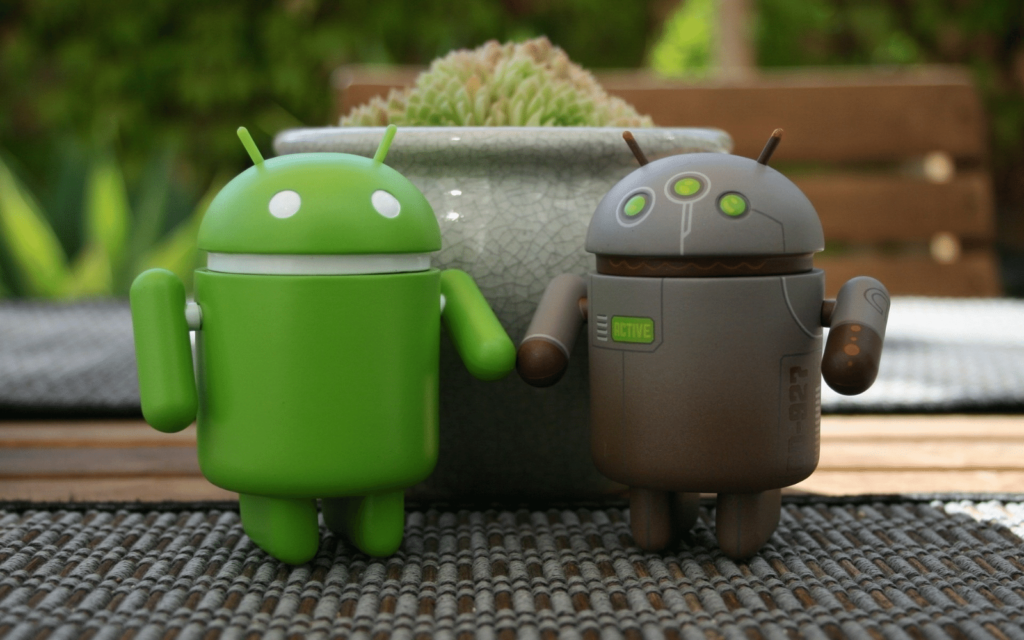It used the be that the lowest specs required to run the latest Android version called for 1GB of RAM. Android 13 has changed all that.
In 2017, smartphones running Android 8 needed just 512MB of RAM. In 2020, that number jumped to 1GB. For 2022, Google requires at least 2GB for devices to run Android 13. Don’t go thinking you can get around the requirement by running the Go edition. That is the Go edition of Android.
Upgrading Android 13
It’s not the only requirement Google’s Android 13 Go edition is introducing. A minimum of 16GB of storage is also a thing. In other words, if you’re still using a 1GB/8GB smartphone of any variety, you’ll find yourself left out of the next OS update.
Android Go tends to show up in cheaper devices. Most RAM-hungry functions are inactive. Google also offers stripped-back versions of popular apps to users. They’re not as slick as their full-fat brethren, but they do the job of getting you onto the internet so Facebook/Google can leech your data.
According to Google, some 250 million people worldwide are running Android Go. If you’re one of those, it’s worth checking out just how powerful your smartphone is. If you’re running 1GB or 1.5GB of RAM, it’s probably time for an upgrade. Even Samsung’s lowest-priced phones, at R2,000, are available with at least 3GB of RAM. And the full version of Android, while you’re at it.
If your budget doesn’t stretch that far, say in the R500 to R1,500 range, you can expect your smartphone to feature just 512MB or 1GB of RAM.



